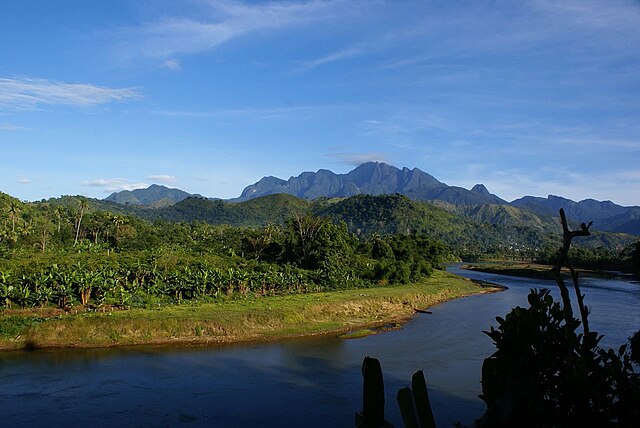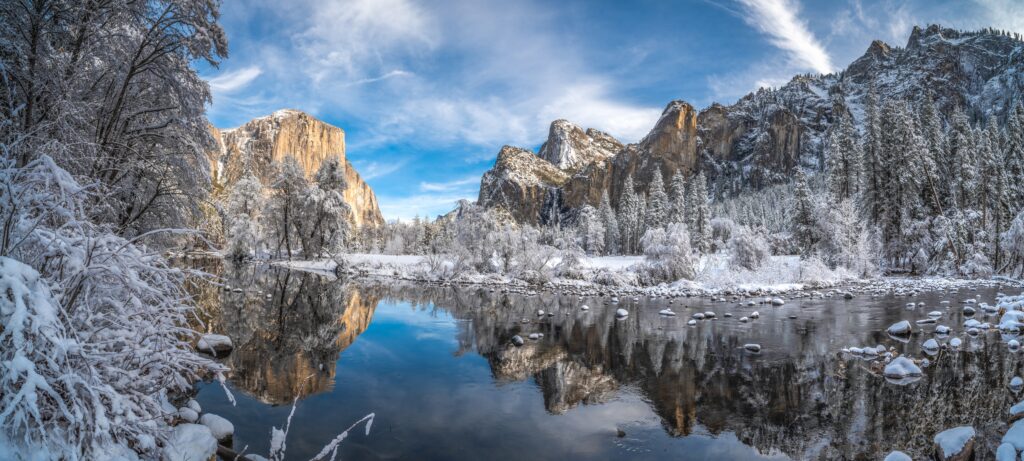
Nestled in the northeastern part of Madagascar, Marojejy National Park is one of the country’s most breathtaking natural reserves. With its stunning landscapes, rich biodiversity, and unique ecosystems, it serves as a sanctuary for numerous endemic species, including the critically endangered silky sifaka. This blog post aims to provide an in-depth exploration of Marojejy National Park, including its geography, biodiversity, trekking opportunities, conservation efforts, and practical tips for visitors.
Geography and Climate
Marojejy National Park spans over 55,500 hectares and features a diverse topography characterized by steep mountains, deep valleys, and dense rainforests. The park is home to the Marojejy massif, which rises to 2,120 meters at its highest peak, Marojejy. This altitude creates a range of microclimates, from tropical lowland rainforests to montane cloud forests.
The climate is typically tropical, with a wet season from November to April and a dry season from May to October. The park receives significant rainfall, particularly during the wet season, making it a lush and verdant environment. However, this also means that trekking can be challenging during these months, as trails may become slippery and more difficult to navigate.
Biodiversity
Marojejy National Park is recognized as a UNESCO World Heritage Site due to its exceptional biodiversity. It is home to over 150 species of birds, 48 species of mammals, 75 species of reptiles, and 100 species of amphibians, many of which are endemic to Madagascar.
Flora
The flora of Marojejy is equally impressive. The park features a variety of plant species, including giant ferns, orchids, and medicinal plants. The montane forest is dominated by trees like Dombeya, Schefflera, and Ravenala, while the lower elevations host a rich undergrowth of shrubs and herbs.
Fauna
One of the park’s most iconic residents is the silky sifaka (Propithecus candidus), a striking lemur known for its creamy white fur and acrobatic movements. Other notable species include the black-and-white ruffed lemur, the red-fronted brown lemur, and various chameleons that exhibit incredible color-changing abilities.
Birdwatchers will find Marojejy particularly appealing, as it is home to several endemic bird species, including the Madagascar serpent eagle and the Madagascar paradise flycatcher. The park is also a critical habitat for many threatened species, making conservation efforts vital for their survival.
Trekking and Adventure
Marojejy National Park is a trekker’s paradise, offering trails that cater to various skill levels. The most popular trekking routes range from moderate day hikes to more challenging multi-day treks that take visitors deep into the heart of the park.
The Trails
The Base Camp Trek: This is a popular option for those looking to explore the lower elevations of the park. The trail leads to a base camp nestled within the forest, offering opportunities to spot lemurs and birds.
The Summit Trek: For the more adventurous, the summit trek offers a challenging ascent to the peak of Marojejy. This multi-day trek requires a good level of fitness and provides breathtaking views of the surrounding landscape.
The Waterfall Trail: This scenic route takes hikers to a beautiful waterfall, perfect for a refreshing dip after a long trek. Along the way, you’ll encounter a variety of flora and fauna.
Tips for Trekking
- Hire a Guide: It’s highly recommended to hire a local guide who knows the trails and can enhance your experience with their knowledge of the local ecology and culture.
- Pack Appropriately: Bring sturdy hiking boots, rain gear, and plenty of water. Insect repellent is also a must, as mosquitoes can be prevalent.
- Respect Wildlife: Keep a safe distance from animals, and refrain from feeding them. This helps maintain their natural behaviors and contributes to conservation efforts.
Conservation Efforts
Marojejy National Park plays a crucial role in Madagascar’s conservation landscape. Due to habitat loss and poaching, many species are under threat. Conservation organizations and the Malagasy government are working together to implement protective measures, including anti-poaching patrols and community education programs.
Community Involvement
Engaging local communities in conservation efforts is essential for the success of these initiatives. Many local residents serve as guides or work in eco-tourism, providing them with sustainable livelihoods while promoting the importance of preserving their natural heritage.
Research and Education
The park also serves as a research site for scientists studying the unique ecosystems of Madagascar. Educational programs help raise awareness about biodiversity and the importance of conservation, both locally and globally.
Cultural Significance
Beyond its natural beauty, Marojejy National Park is steeped in cultural significance. The region is inhabited by the Sakalava people, who have a rich history and a deep connection to the land. Their traditional practices and beliefs are closely tied to the forest and its wildlife.
Visitors to the park often have the opportunity to interact with local communities, learning about their culture, customs, and the traditional uses of plants. This cultural exchange enriches the visitor experience and fosters respect for the local way of life.
Practical Information for Visitors
Getting There
Marojejy National Park is accessible from the town of Sambava, which can be reached by road or air from Antananarivo, Madagascar’s capital. The park entrance is a short drive from Sambava, making it a convenient starting point for your adventure.
Accommodation
There are limited accommodation options within the park, including basic campsites and lodges. It’s advisable to book in advance, especially during the peak tourist season. Many visitors choose to stay in Sambava and take day trips into the park.
Best Time to Visit
The dry season, from May to October, is generally considered the best time to visit Marojejy National Park. The weather is more favorable for trekking, with less rainfall and cooler temperatures.
Conclusion
Marojejy National Park is a true treasure of Madagascar, offering a unique blend of stunning landscapes, rich biodiversity, and cultural heritage. Whether you’re an avid trekker, a wildlife enthusiast, or someone looking to connect with nature, Marojejy has something to offer. By visiting and supporting conservation efforts, you can help ensure that this remarkable park remains a vibrant ecosystem for generations to come.
Embark on a journey to Marojejy National Park, and discover the beauty and wonder of one of Madagascar’s most enchanting destinations!
